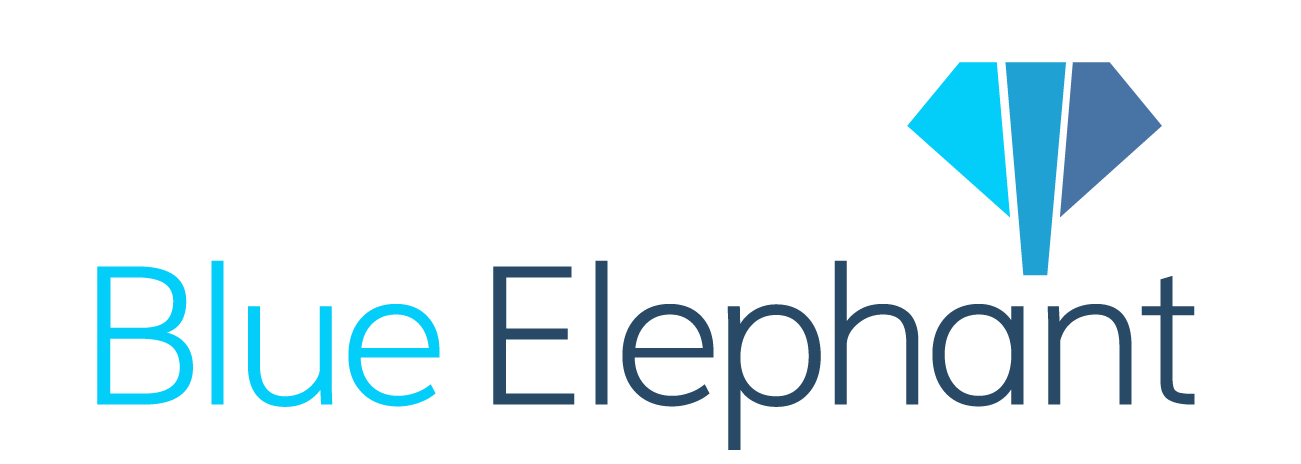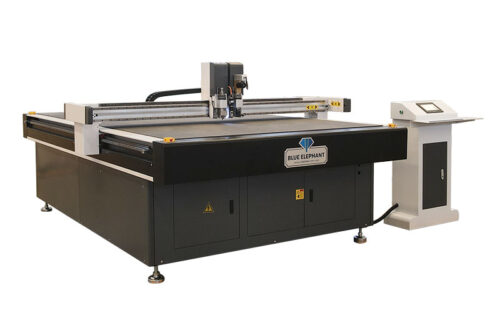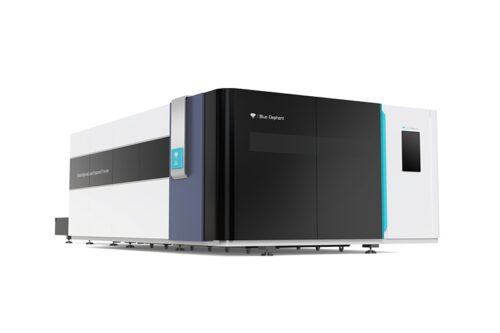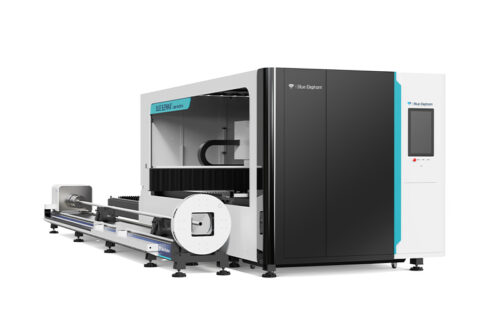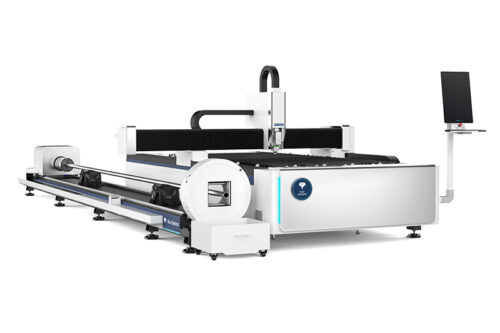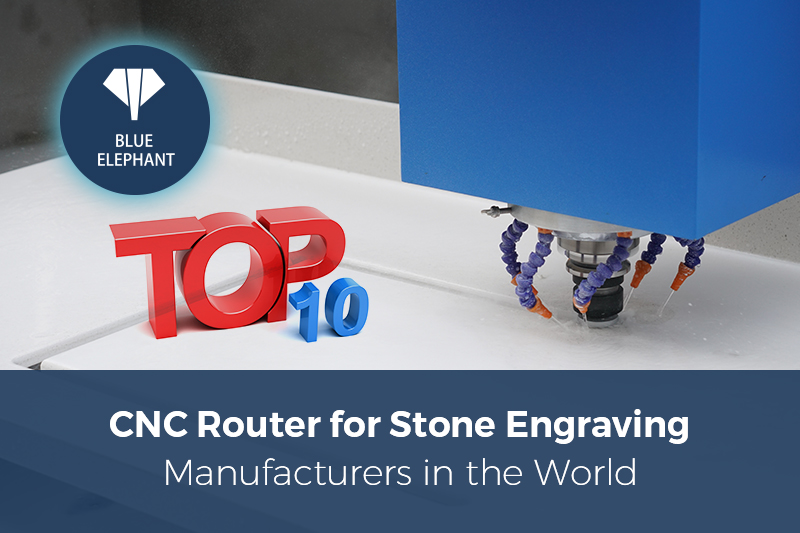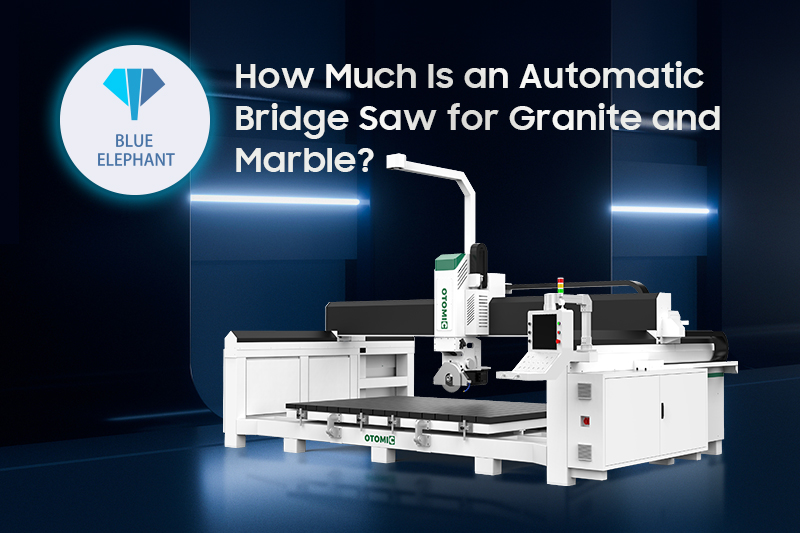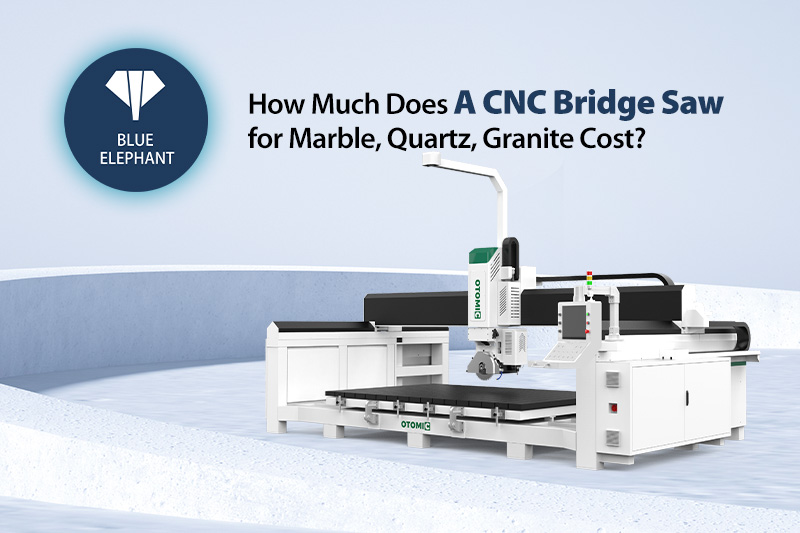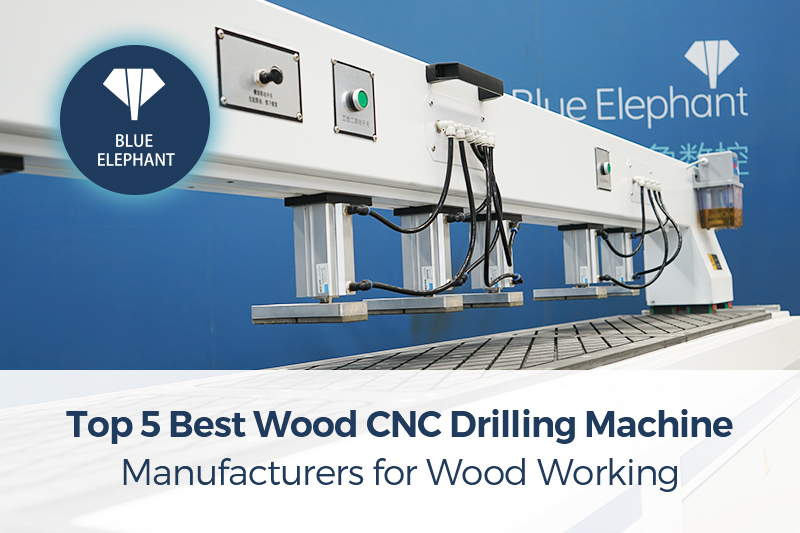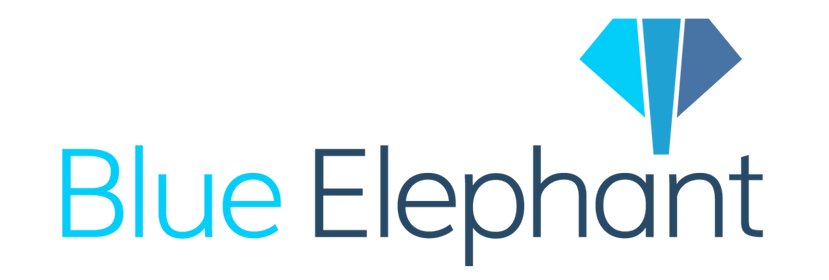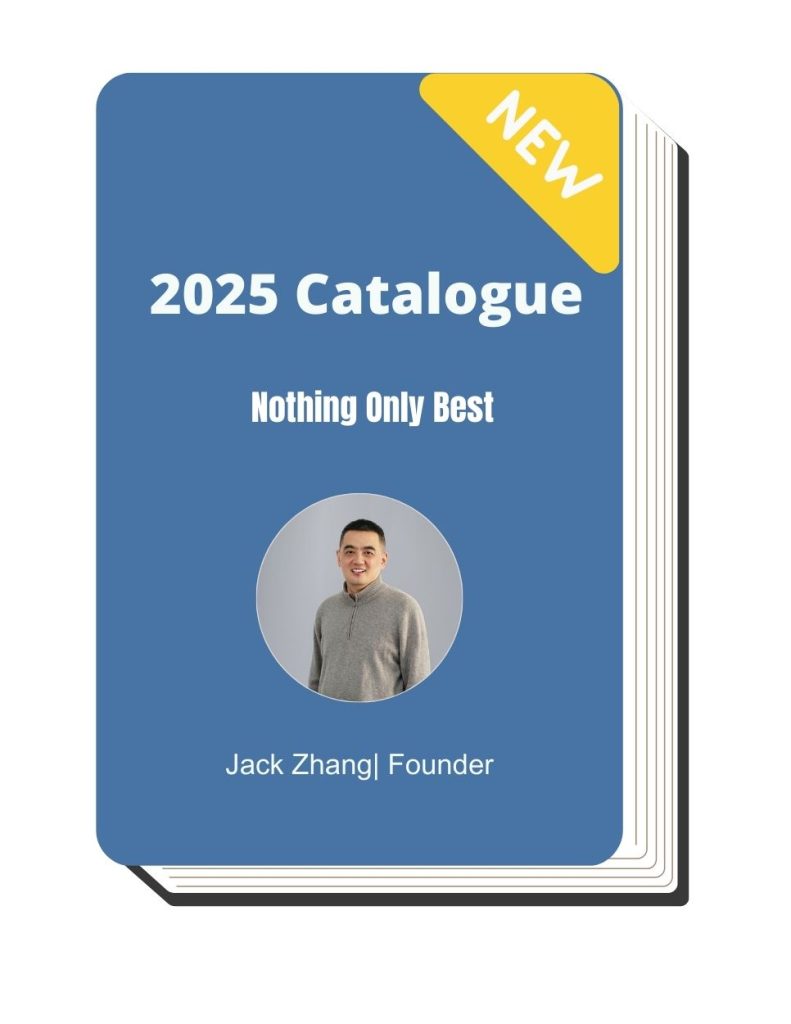The first time I heard about Mumbai Wood, I wasn’t sure if flying into Mumbai would be worth it.
The city’s busy. Hotels book fast. Traffic can slow you down.
But I went.
And I left with 3 new suppliers, one equipment deal in progress, and better insight into the furniture and machinery market.
I’ve worked in this industry for years. I know what it’s like to question whether a trade show is worth the time.
This guide will help you decide. Whether you sell machines, repair them, or build with them, this article walks you through how to plan your visit to Mumbai Wood. By the end, you’ll know if showing up in Mumbai will help move your business forward.
Let’s get started!
1. Know What Mumbai Wood Is All About
When I first heard about Mumbai Wood, I thought: is it just another local trade show?
It’s not.
Mumbai Wood is one of the biggest exhibitions for woodworking and furniture manufacturing in western India. It brings together everything in one place, machines, raw materials, fittings, and the people behind them.
The show happens every two years at the Bombay Exhibition Centre in Goregaon, Mumbai. It’s organized by NürnbergMesse India, one of the known exhibition companies in this space.
The next edition of Mumbai Wood hasn’t been announced yet. But it’s part of the same event group as IndiaWood, so it’s worth checking their website: www.indiawood.com. You can subscribe there to stay updated.
So, what can you expect to see if you go?
You’ll find displays and live demos of:
- Woodworking machinery
- Cutting and edge tools
- Furniture hardware and fittings
- Raw panels and surface materials
- Software used for furniture design and production
The event also brings in a wide range of people. You’ll meet:
- Machine dealers and distributors
- Spare parts suppliers
- Factory owners and operators
- Designers and architects
- Furniture manufacturers
- Tool repair companies
- Small business owners in custom furniture or craft production
That mix makes it a great place to talk, learn, and build business ties. You’re not just looking at machines. You’re seeing how people use them in real workshops and how companies grow with the right suppliers.
You might be wondering if a trade show like this really helps you. I get it.
I used to ask the same question.
But when you’re walking through rows of live machines and talking to real operators, it hits different.
That’s why knowing what Mumbai Wood offers is the first step. If you’re in this business, it’s worth understanding what this event brings to the table.
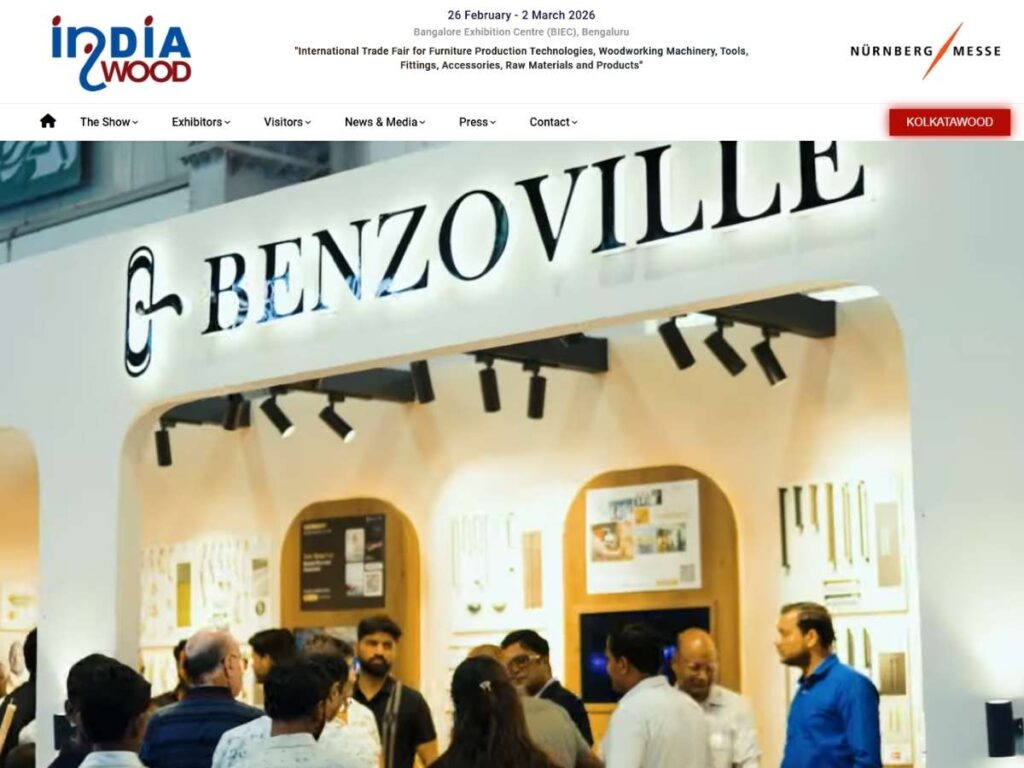
2. Travel and Accommodation Arrangements
Now that you know what Mumbai Wood is all about, the next big step is getting there and staying comfortable while you attend.
Sounds simple, right? But a few missteps like booking too far from the venue or underestimating Mumbai traffic can make your trip stressful.
Let’s walk through how to plan your travel and accommodation. I’ll also share what I learned from doing this myself.
Book Your Hotel Early
If there’s one thing I’d do differently the first time I went to Mumbai Wood, it’s book my hotel earlier.
The event is held at the Bombay Exhibition Centre in Goregaon East. During the event week, hotels around the venue fill up fast. Prices go up too. I ended up staying much farther than I wanted, which made every morning feel like a race.
If you’re attending, I suggest you look for hotels in:
- Goregaon East (closest option)
- Jogeshwari
- Andheri East
All of these areas offer a good balance between distance, price, and access to transport.
Want something simpler? Look for a business hotel that offers breakfast and airport pickup. That’s one less thing to worry about.
I like to keep it simple: walking distance is ideal, but if not, make sure you’re close to a metro or have access to taxis or ride apps like Uber or Ola.
Planning Your Travel to Mumbai
Once your stay is sorted, it’s time to figure out how you’re getting to Mumbai.
- If you’re flying in, you’ll land at Chhatrapati Shivaji Maharaj International Airport. From there, the Bombay Exhibition Centre is about 8 to 10 kilometers away, depending on traffic.
- If you’re coming by train, Mumbai has several major railway stations. The closest major one to Goregaon is Andheri Station, but some long-distance trains may arrive at Dadar or Mumbai Central. From there, you can take a local train or cab.
Traffic in Mumbai can be slow, especially during office hours. So plan your arrival accordingly.
I always try to land a day before the show starts. It gives me time to rest, settle in, and plan my route to the venue without pressure.
Transport Options
Getting around Mumbai can feel like a puzzle if you’re new to the city.
Here are your main options:
- Auto rickshaws: Available in most parts of the city, best for short distances.
- Ola or Uber: Ride-hailing apps you can use with your phone.
- Mumbai Metro: Fast and avoids traffic, but stations are limited.
- Taxis: Available at airports and stations, but confirm fares beforehand.
Personally, I like using ride apps. It’s easier and safer, especially when you’re carrying brochures or samples from the event.
If you’re attending as a team, consider renting a vehicle with a driver for the duration of your visit. It’s more predictable and helps with time management.
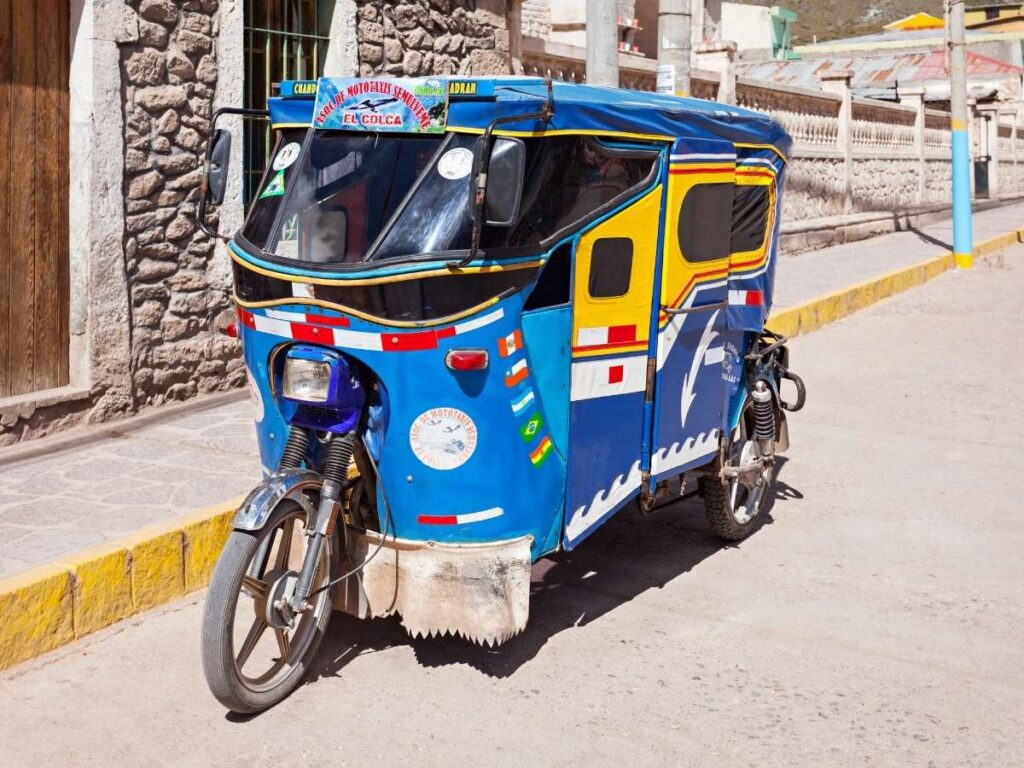
Visa and Travel Documents
If you’re traveling from outside India, make visa planning your top priority.
You’ll need a valid business visa to attend Mumbai Wood as a visitor or exhibitor. This process can take time, depending on your country. Start the application process at least 4 to 6 weeks before your travel date.
Keep your travel documents ready:
- Passport with at least 6 months validity
- Visa approval letter or stamped visa
- Return ticket
- Hotel booking confirmation
- Business invitation letter (if applicable)
I once had a teammate miss his flight because his e-visa approval got delayed. Don’t let paperwork slow you down. Double-check your documents before you leave.
Also, print out copies. Don’t rely only on your phone.
Planning your travel and stay is more than just logistics. It’s part of how you make the most of your visit. When you’re rested, close to the venue, and moving with ease, you have more energy to focus on what matters: finding suppliers, learning from demos, and growing your network.
Next, let’s talk about what to do before you walk into the exhibit hall. Preparation doesn’t stop once your flight is booked.
3. Preparing for the Exhibition
Now that your travel and hotel are booked, it’s time to focus on what really makes the trip worth it: how you prepare for the show itself.
I’ll be honest, my first time, I showed up without a plan. I figured I’d just walk around and “see what’s interesting.” By mid-day, I was overwhelmed, and by the end, I realized I missed several booths I had wanted to visit.
Since then, I prepare ahead. It saves time and makes the visit much more productive. You’ll thank yourself later.
Let’s break it down.
Start With the Exhibitor List
Mumbai Wood attracts hundreds of companies. They’re spread across multiple halls. If you don’t plan who to visit, it’s easy to get lost or distracted.
Once the official exhibitor list is released on the website, download it right away. This usually happens a few weeks before the event.
Here’s what I do:
- Highlight suppliers I already work with
- Mark new ones I want to explore
- Sort them by category (e.g. machines, parts, software)
- Note down booth numbers
This gives you a clear path through the event. It helps you spend time where it matters.
And if you’re attending with your team, divide the list. Cover more ground.
Book Meetings in Advance
Some of the busiest booths are hard to reach without a pre-arranged meeting.
If you already know who you want to speak with, reach out a few weeks before the event. Send a short email introducing yourself and asking for a 15–20 minute slot.
Many exhibitors are happy to block time if they know you’re serious. It helps them prepare too.
When I did this last time, I was able to see a machine demo without waiting in line. It also gave me direct access to someone who could talk pricing not just the staff giving out flyers.
If you’re not sure how to start, here’s a simple approach:
- Visit the exhibitor’s website
- Look for a contact form or email
- Keep your message short
- Mention that you’ll be at Mumbai Wood and would like to meet
You don’t need to sound formal. Just clear and respectful.
Get Your Materials Ready
This might seem obvious, but many people forget: bring your own stuff.
You’ll meet suppliers, potential partners, and even customers. You need something to leave behind.
Pack enough of these:
- Business cards
- Company brochures or flyers
- Product catalogs
- A small notebook
I’ve seen people try to rely only on their phone. That doesn’t always work. A quick handover of your card or flyer keeps the conversation going even after you’ve walked away.
And don’t forget a sturdy bag or folder. You’ll be picking up catalogs, price sheets, and samples from other booths too.
Know Your Goals
Before you even step into the hall, take a moment and ask yourself: why am I attending?
What do you want to leave with?
Your goal could be:
- Finding a new machine supplier
- Meeting three potential distributors
- Learning what new tools are on the market
- Seeing a live demo of software you’ve been curious about
Keep that goal in mind while walking around. Otherwise, it’s easy to get distracted by flashy booths or giveaways that don’t help your business.
Personally, I keep a checklist in my pocket. It’s simple. But it keeps me on track.
Download the Event App (If Available)
Some exhibitions offer a mobile app. It’s usually free and very helpful.
If Mumbai Wood launches one for the next edition, download it.
Apps often include:
- Floor plans
- Live session schedules
- Speaker lists
- Exhibitor search tools
One time, the app helped me find a company I didn’t know was attending. I visited them in the last hour of the show and we’re still in touch today.
Prep for Comfort and Efficiency
Let’s talk basics.
You’ll be on your feet for hours. You’ll move from one end of the venue to the other. You’ll carry papers, samples, maybe even tools.
Make your life easier by bringing:
- Comfortable shoes
- A water bottle
- A small backpack or wheeled bag
- Snacks or mints
- Hand sanitizer
These small things go a long way.
I also take photos of booths I liked, with permission. It helps me remember which display belonged to which company when I review things later.
Going to Mumbai Wood without a plan is like going to a market without a list. You might enjoy the walk, but you’ll miss what you came for.
Take a few hours before the trip to organize your contacts, map out your top booths, and prepare what you want to say and bring.
It might feel like extra work now. But once you’re there, you’ll see the difference.
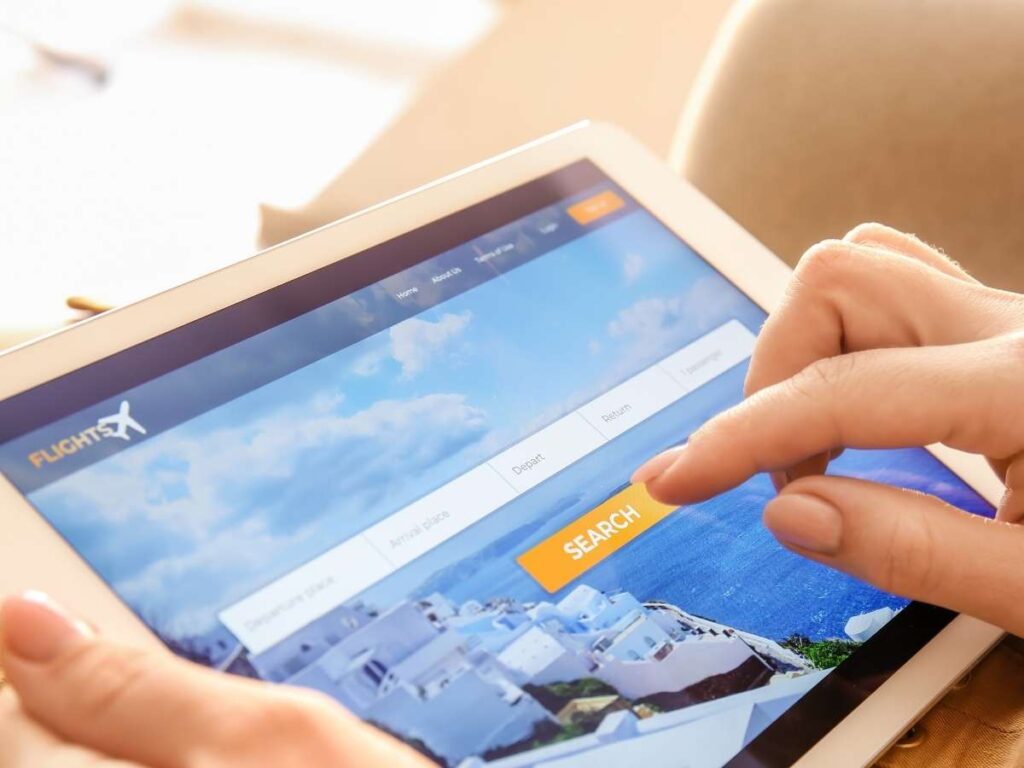
4. On-Site Engagement
Now that you’ve arrived in Mumbai, you’re checked in, and you’ve prepped for the show, it’s time to focus on what happens on the actual exhibition days.
This is where your planning pays off.
You’ll walk into the Bombay Exhibition Centre, and there’s a good chance you’ll feel a little overwhelmed. The halls are big. The crowd can be heavy. Machines are loud. Booths are packed.
That’s normal.
But if you follow a few simple habits, you’ll stay focused and get the most out of each day.
Arrive Early
This might seem small, but arriving early makes a big difference.
The show usually starts around 10 a.m. Try to get there at least 30 minutes before. That gives you time to:
- Pass through registration smoothly
- Grab a map or floor plan
- Take a few minutes to walk around and get your bearings
I made the mistake once of showing up at 11:30 a.m. The registration line was long, and I lost the first hour trying to figure out where everything was.
Early mornings are also a great time to speak with exhibitors before things get too busy. People are fresh and more open to conversations.
Use Your Floor Plan or App
Once you’re inside, use the floor plan you saved or picked up. Some events offer apps to help you locate booths faster. This is really helpful when time is tight.
Stick to your list. Visit your high-priority booths first. Then, leave time in the afternoon to explore new ones.
I like to block my day in chunks:
- Morning: High-priority booths
- Midday: Quick lunch and rest
- Afternoon: Discovery and casual chats
- End of day: Review materials, take notes
This rhythm helps me avoid burnout and still meet my goals.
Attend Workshops and Seminars
Mumbai Wood often includes live workshops or learning sessions. They may focus on:
- New machine technology
- Safety practices
- Software for design or production
- Market trends
Don’t skip these.
Even short 30-minute talks can give you insight into how the industry is shifting or what new tools are coming in. Sometimes, you hear about things before they even hit the market.
Ask questions if there’s time. And if slides are available, ask the speaker or staff if you can get a copy later.
One time, I learned about a new panel cutting system during a short workshop. I followed up with the presenter after, and now we use a similar setup in our shop.
You never know where the next idea will come from.
Network Actively
Networking may sound like a big word, but it just means talking to people.
Mumbai Wood is filled with people just like you machine dealers, repair service providers, raw material vendors, and even small furniture makers. Everyone is there to learn and connect.
Here’s what you can do:
- Start with simple questions: “What do you do?” or “Is this your first time at Mumbai Wood?”
- Share your business card
- Mention what you’re looking for or what problems you’re trying to solve
It doesn’t have to be formal. Most people are happy to talk, especially if you’re curious about what they do.
One of the best partnerships I ever made started with a 5-minute chat in the lunch area.
Observe Demos and Ask Questions
Many booths offer live product demonstrations. This is your chance to see machines, tools, and software in action.
Don’t just watch, engage.
Ask questions like:
- How long does setup take?
- What’s the maintenance like?
- Can it be customized to my type of production?
- Do they offer support or training?
And take photos or videos if the exhibitor allows it. It helps you remember what you saw when you get back to your shop or office.
Review Your Day Before You Leave
Before you head back to your hotel, spend a few minutes reviewing the day.
Ask yourself:
- What did I learn today?
- Who did I speak with?
- What follow-ups do I need to do tomorrow?
This small habit keeps your visit focused. I do this every evening and it helps me sort the pile of flyers, samples, and cards into useful categories.
5. Post-Event Follow-Up
So, you made it through PME. You walked the halls, talked to vendors, attended sessions, and collected stacks of brochures and business cards.
But what happens now?
This is the part many people skip. And it’s where most of the value is lost.
You’ve got names, ideas, and maybe even some new leads. But without a plan to follow up, all that effort can fade away in a few weeks.
Let’s make sure that doesn’t happen.
Contact Consolidation
Start with your contacts.
Pull out the business cards, QR codes, and notes you collected. Lay them all out on a desk or table.
I like to sort them into three simple groups:
- Follow up this week
- Follow up later
- For reference only
The first group includes people you had a real conversation with. Maybe they offered to send you a quote or demo. Maybe they asked you to send more details about your business. These are your priority.
The second group includes those who might be useful down the road. Maybe you liked their product but you’re not ready to buy. Keep their info in a folder. Check in with them once your need becomes clearer.
The last group is everyone else. Keep these for future reference, but don’t waste time on outreach right now.
If you use a CRM system (customer relationship management), now’s the time to enter your notes. If you don’t, a simple spreadsheet works too. Just record:
- Name
- Company
- Contact info
- Booth number (if available)
- What you talked about
- What you promised to send or request
You’d be surprised how easy it is to forget the details after just a few days.
Once your list is ready, start your follow-ups.
I usually send a short message like this:
“Hi [Name], it was good meeting you at PME. I enjoyed learning about [topic/product]. I’d like to continue the conversation and see how we might work together.”
Keep it short. Be honest. Be specific.
Now that you’ve handled your contacts, it’s time to look at what you learned.
Actionable Insights
PME wasn’t just about people. It was about ideas.
You probably came across machines you’ve never seen before. Or heard about a surface treatment method that could cut your production time.
Maybe you picked up tips from a speaker about process automation or product testing.
Whatever you learned, don’t let it sit in a notebook.
Review your notes from the sessions. Go through the brochures you decided to keep. And ask yourself:
- Is there a new machine or process that could speed up your work?
- Did a vendor show a better way to polish or deburr your parts?
- Was there a software tool that can help manage your workflow or inspections?
Now match your learnings with your current problems. This is where real value comes from.
Here’s how I turn ideas into action:
- Pick one or two takeaways that fit your business needs.
- Bring them to your team. Talk through how they might work in your current setup.
- Contact the vendor or speaker if you need more info or support.
- Start small. Test the new tool or method on one job.
- Measure the result. Did it save time? Did it improve quality?
If it works, great. Scale it. If not, move on to the next item.
Don’t try to change everything at once. PME gives you a lot of input. But small, clear steps help you see progress.
Even something simple like a faster way to clean parts or a clearer inspection checklist—can save hours every week.
Also, consider sharing what you learned. If you manage a team, create a short slide deck or handout with the top 5 things you learned at PME. Pass it along in your next team meeting.
Your staff might not have been there, but they can still benefit from your visit.
You can also share a few notes with customers or suppliers. It shows them you’re active in the industry and looking for ways to improve.
PME ends when the doors close, but your next steps matter more.
Sort your contacts. Review your notes. Follow up with the people who stood out.
If you’re exploring CNC solutions, Blue Elephant can help. We build machines that simplify work and speed up production, from routers to full furniture lines.
Conclusion
By now, you know what Mumbai Wood is really about. It’s more than rows of machines and suppliers, it’s a place where serious people connect, learn, and take their work to the next level.
We’ve gone over every step: from understanding the event, booking your travel, planning your visit, making the right contacts, and following up once you’re home.
Now the question is, what are you going to do with all of this?
You’ve got the knowledge. You’ve got the tools.
The next step is yours.
If you still have questions or want help putting your plan together, reach out.
Contact us today. We’d be happy to support your next move.
Explore Related Resources
For more in-depth knowledge, take a look at these recommended reads. We think you’ll find them useful:
Still haven’t found what you’re looking for? Don’t hesitate to contact us. We’re available around the clock to assist you.
